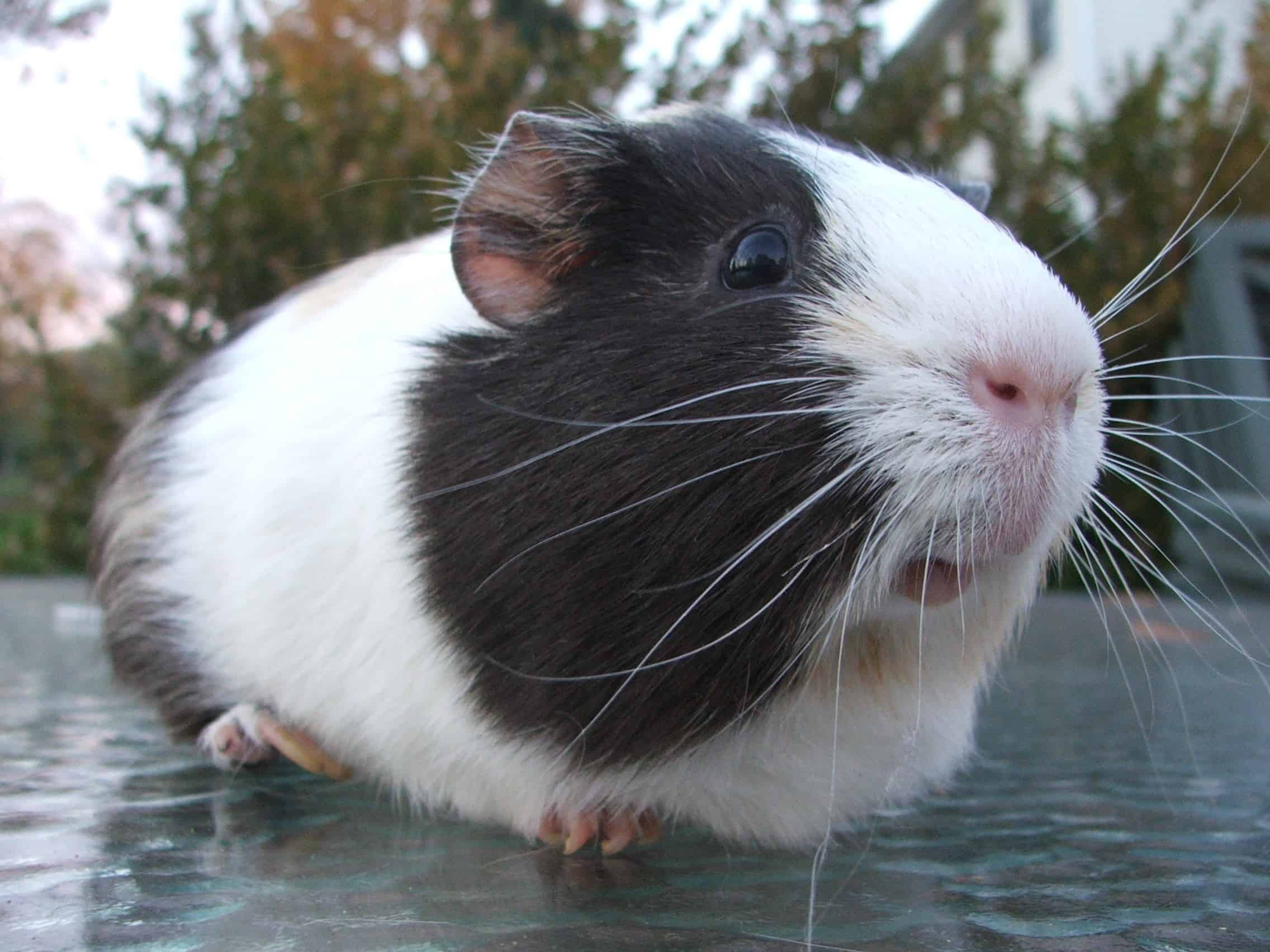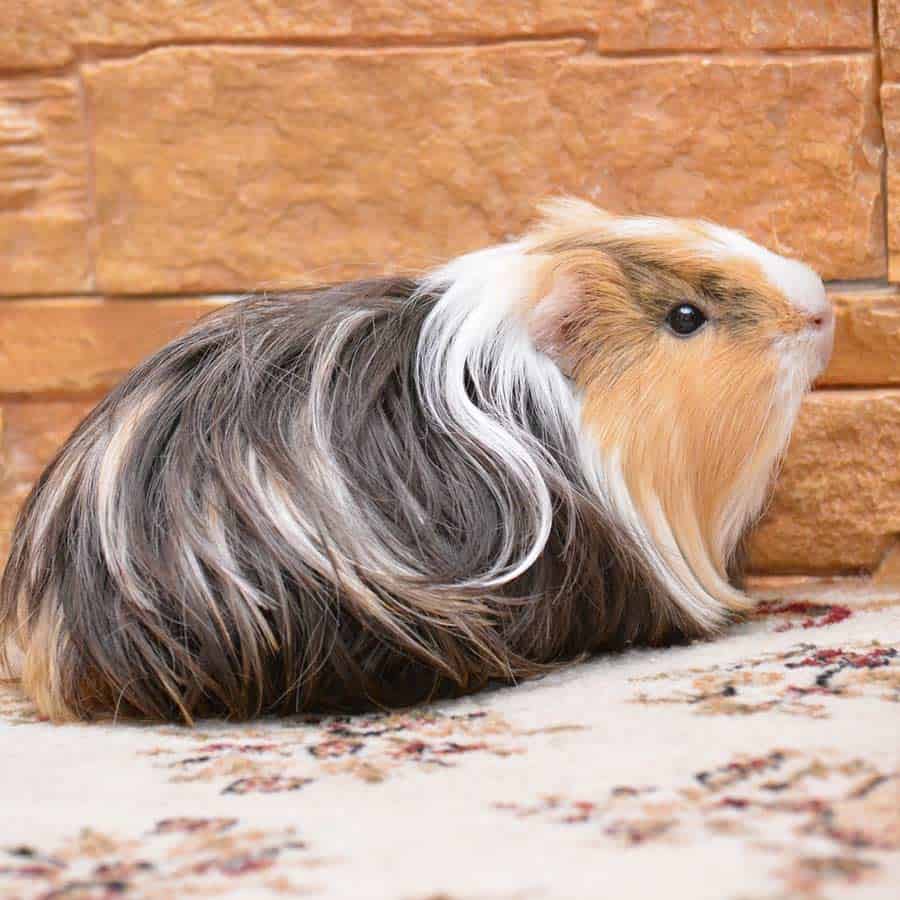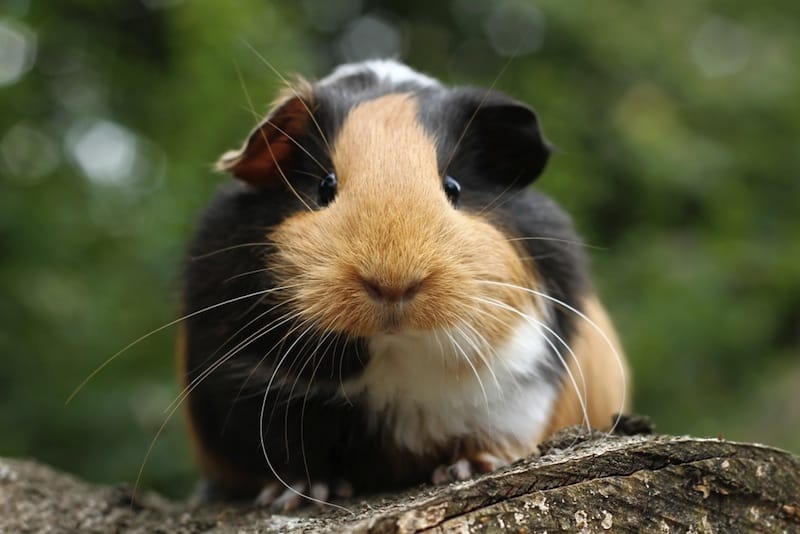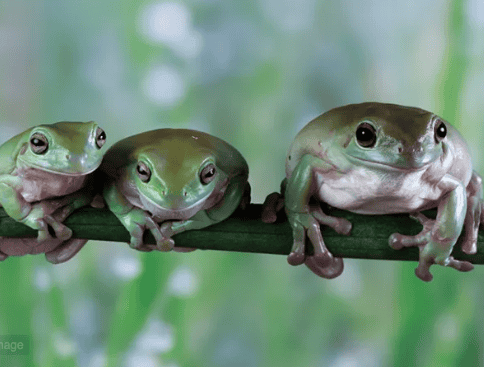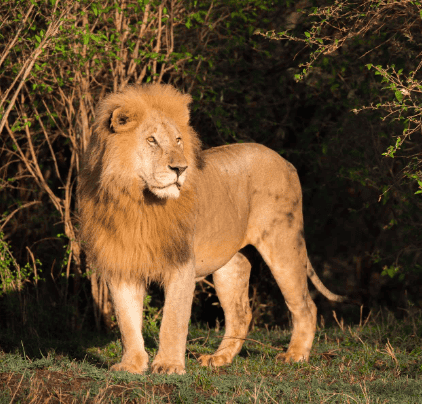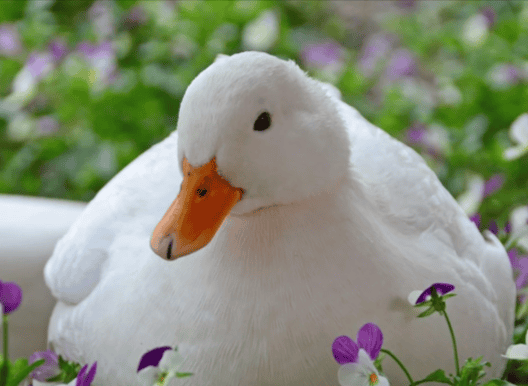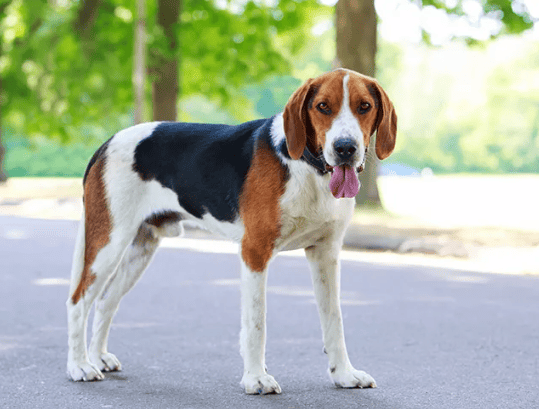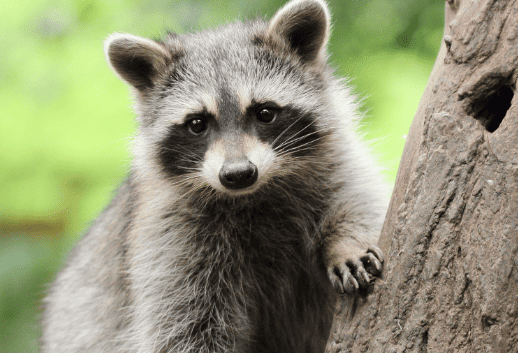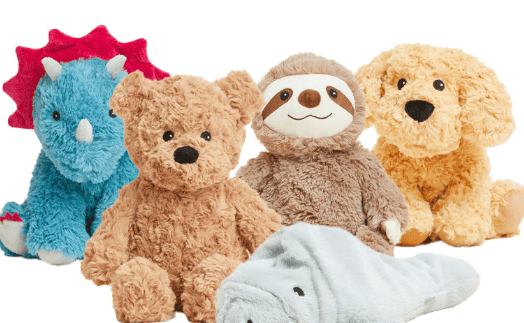Whether you’re a parent of a young child who wants a pet, or you’re looking for a furry companion of your own, chances are that you’ll want something easy to care for.
Dogs and cats are excellent pets, but they can be high maintenance and aren’t for everyone.
Similarly, animals like rabbits and hamsters can be difficult to handle given their smaller size and skittish nature.
Guinea pigs are somewhere in the middle: big enough that they can be properly held and allowed to explore on their own, but small enough that they can be easily cared for. Thus, they make for a great choice as a starter pet.
What Are Guinea Pigs?
Guinea pigs are a species of rodent belonging to the scientific family Caviidae. They are closely related to capybaras, the largest rodents in the world.
(Oddly enough, guinea pigs are also closely related to porcupines–they are only distantly related to hamsters despite their similar appearances.)
Guinea pigs are native to the Andes Mountains in South America. They are believed to have been domesticated by 5000 BC, where they were bred as livestock for the native Mesoamerican tribes. To this day, guinea pig meat remains a popular food item across the South American continent.
(They were first introduced to North America and Europe as pets in the 16th century. To this day, nobody knows why they were given the name “guinea pig,” since they aren’t found in Guinea and obviously aren’t related to pigs.)
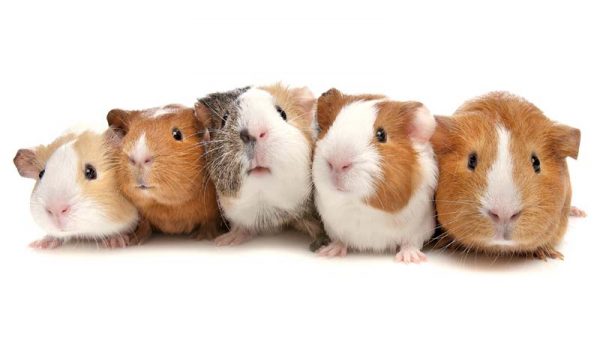
When compared to similar pets like hamsters, guinea pigs have some notable differences. While the average hamster only lives 2-3 years, a healthy guinea pig can live as long as 8 years. They are also larger, growing up to 8-10 inches in length.
Guinea pigs aren’t as agile as their smaller cousins. While they love exercising, they can’t run very fast and are poor climbers. However, if a guinea pig is feeling happy, they may hop up and down excitedly–this behavior is known as “popcorning.”
Unlike other domestic rodents, guinea pigs are very vocal. They make noises when they are happy, agitated, or to indicate they are hungry.
Guinea Pig Breeds
There are a multitude of guinea pig breeds available as pets. While they all require the same amount of care, each breed can be distinguished by their size, color, temperament, and coat length.
Listed below are several common breeds of domestic guinea pig.
Abyssinian Guinea Pig
Abyssinians are one of the oldest known guinea pig breeds. Their name is derived from Abyssinia, the former name of Ethiopia.
(Again, no one knows where this naming comes from since the breed isn’t native to Africa.)
This breed is famous for its unique coat. The fur grows up to 1 ½ inches long and slightly resembles a cowlick. The spots on its fur are called rosettes due to their rose-like shape.
Because of the length of their fur, regular brushing may be needed to keep an Abyssinian’s hair from getting tangled.
Abyssinians are inquisitive by nature, making them very easy to train.
American Guinea Pig
You’ve likely come across this breed of guinea pig before: this is the breed most commonly sold in pet shops, or seen in elementary school classrooms as a class pet. The name “American guinea pig” only applies to those bred in North America: in Europe, they’re called “English guinea pigs.”
Their fur comes in a variety of colors. Over 19 color variations exist for the American guinea pig, ranging from black and brown to red and gold.
American guinea pigs are known for their sweet, docile nature. This makes them a fantastic choice for first-time pet owners. They are more even-tempered than other guinea pig breeds, too, so it’s possible to raise multiple animals if they are properly socialized.
(However, guinea pigs of the same gender will fight one another for dominance if they weren’t raised together. If this happens, you will have to permanently separate them to keep them from killing one another.)
Crested Guinea Pig
Crested guinea pigs are nearly identical to American guinea pigs, with 1 key difference: the crest on their forehead.
This crest is almost always white, so sometimes the breed is referred to as the “white-crested guinea pig.”
Crested guinea pigs are often the result of extensive breeding. Due to their rarity, they aren’t commonly sold in pet stores; licensed breeders are often the only way to obtain them.
The crest is purely a cosmetic detail, though. Otherwise, crested guinea pigs are now different from American guinea pigs in terms of behavior or how they need to be cared for.
Peruvian Guinea Pig
Peruvians require much more care and attention than other breeds, and aren’t recommended for first-time owners. This is entirely because of their coat, which is the longest of any guinea pig breed.
A Peruvian’s fur can grow up to 1 foot long. This length means that the guinea pig cannot self-groom as efficiently as other breeds, so it’s easy for the fur to become matted or tangled.
(It also sheds very easily.)
Peruvian guinea pigs will require constant grooming in order to keep them healthy, including regular brushing and haircuts.
Click here to learn more about caring for a Peruvian guinea pig, including instruction on proper grooming.
Rex Guinea Pig
While all guinea pigs have smooth, furry coats, the Rex guinea pig is different. Its coat is coarse, closer to wool than hair. They can also grow larger than most guinea pig breeds, with some Rexes growing up to 18 inches in length.
The name “rex” is derived from this short coat: at some point in the past, the term was applied to any animals that had short, coarse coats of fur.
(The term is more commonly known as the Latin word for “king,” used to describe larger animals. However, given how large this breed can grow, both definitions of rex can apply.)
Teddy Guinea Pig
Teddy guinea pigs are somewhere in the middle between American guinea pigs and Rexes. Their coats are short and compact, like the Rex, but are fuzzy like the American.
This fuzziness, along with their slightly upturned noses, make them resemble teddy bears, hence the name.
Teddies also come in 2 separate sub-breeds, based on the texture of their coat. “Plush-coated” animals have a softer, fluffier coat; “harsh-coated” guinea pigs have more coarse fur.
Caring for Your Guinea Pig
On the surface, the ideal guinea pig enclosure isn’t much different from that of a hamster. Guinea pigs live in cages or aquariums with plenty of bedding along the cage floor; you can provide them an “igloo” for them to sleep in, as well.
The typical guinea pig diet should include hay (which provides fiber,) food pellets, and assorted fruits or vegetables.
(Guinea pigs typically require vegetables more than fruit. Each new food item should be introduced one at a time, so the guinea pig’s diet becomes more nutritional over time.)
Unlike most mammals, guinea pigs don’t produce their own Vitamin C, so offering them vegetables is a great way to supplement their diet.
Guinea pigs are social animals, and if raised together from a young age (and given enough room in their habitat,) they will get along fine. As mentioned earlier, though, guinea pigs can potentially fight for dominance if they see each other as rivals–after this, they will have to be separated for their own good.
Generally speaking, guinea pigs won’t get along well with other domestic animals. Smaller pets like gerbils or hamsters will view a guinea pig as a threat and act aggressively: they can also transmit diseases to one another.
Rabbits share a similar issue–while they won’t act hostile to a guinea pig, they can carry diseases which guinea pigs are vulnerable to.
Dogs and cats will naturally view a guinea pig as prey. Unless the dog or cat is trained to recognize guinea pigs as fellow pets, they will gladly hunt them if an opportunity presents itself.
